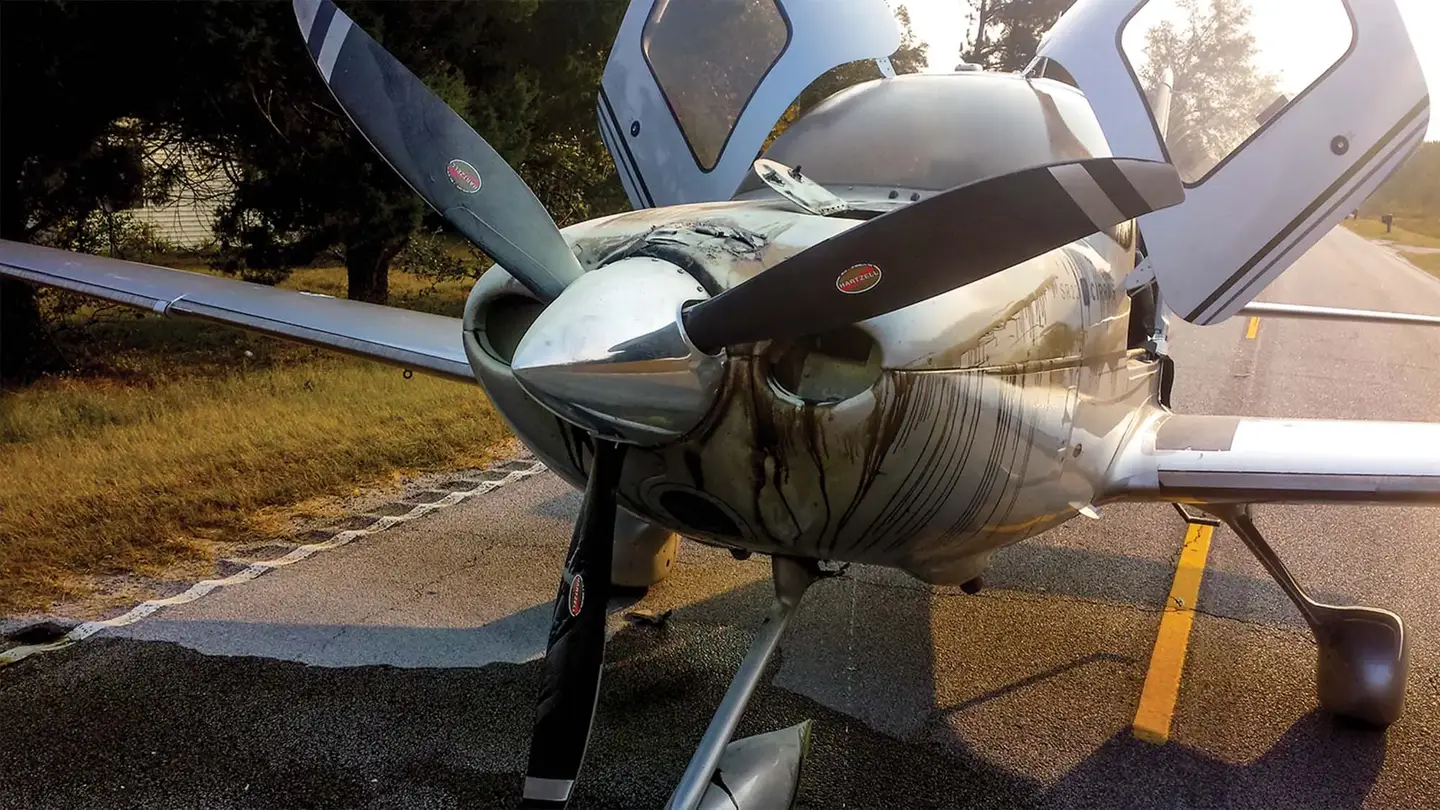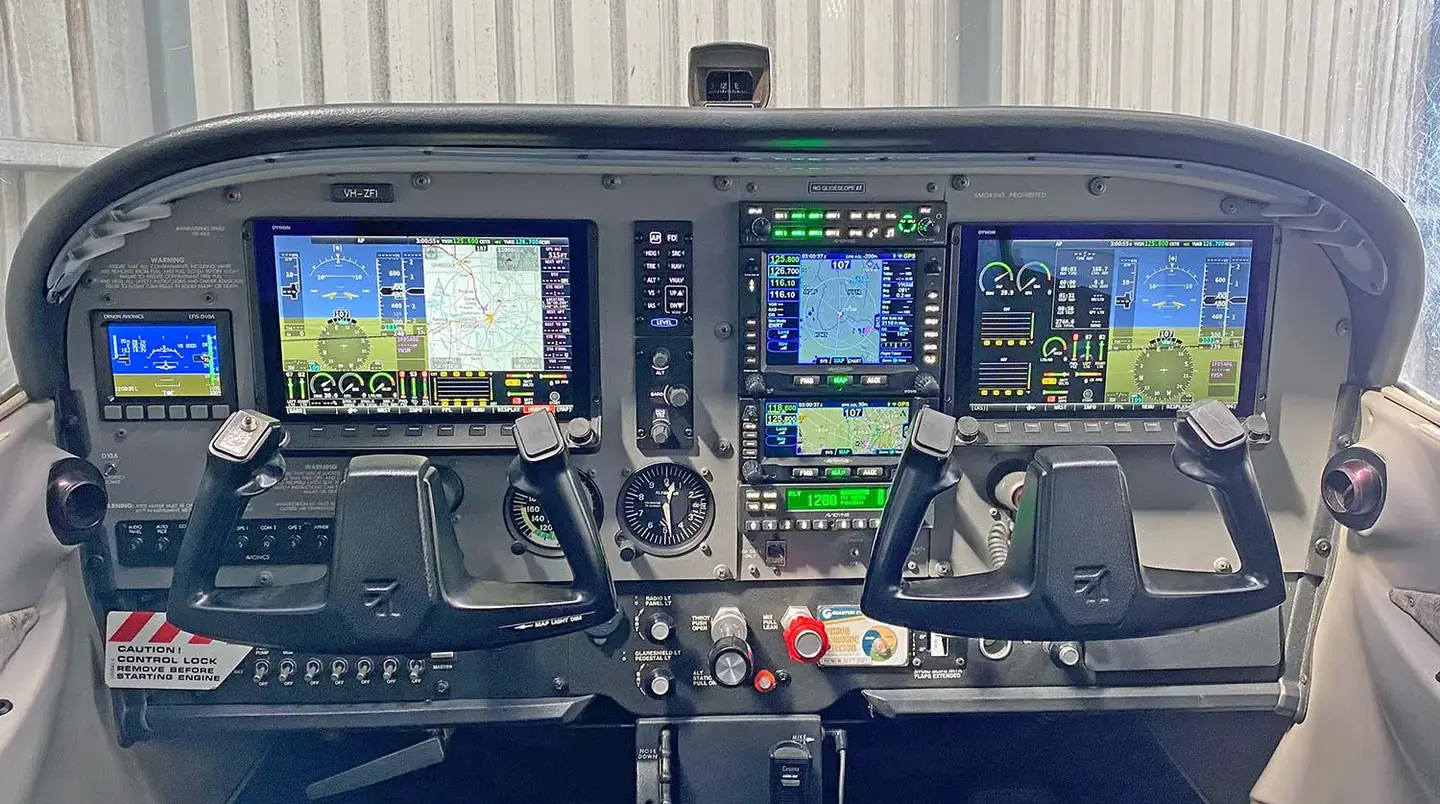Top Letters And Comments, December 11, 2020
This week’s letters brought comments from readers about SpaceX’s latest Starship test, remembering Chuck Yeager and learning to fly at towered vs. non-towered airports.

Image: SpaceX
Starship Completes High-Altitude Test Flight, Explodes During Landing
People just don’t seem to understand how SpaceX has changed the space industry.
Almost all our early space work was done by traditional aircraft companies like Boeing and McDonnell-Douglas. Obviously, when it came time to set up a test program, the people involved with aircraft testing would develop the test programs.
They were used to having one or two precious prototypes. The overwhelming drive was to protect the aircraft; losing a prototype was bad PR, and all too often involved the loss of the pilot as well.
Even worse was the loss of data. Telemetry systems were in their infancy; if the pilot were unable to talk afterwards, all you had was a couple of items (if that), radar data, and whatever you could glean from the burned wreckage.
Even worse, with rockets, you don’t HAVE a pilot that might be able to report what happened. So the reliability folks went nuts, trying to ensure enough “nines” (e.g., 99.999999% chance of success) that it took forever until all the parties involved were ready to risk the hardware. If this precious prototype failed…well, there was a good possibility that everyone involved in the program would have to start looking for a new job.
Musk has taken space science into the 21st century. Set up a production line to crank out a new vehicle quickly, telemeter the hell out of it, then light the candle and see what happens.
Damn, that’s smart. If it crashes, you’ve already got more data than the Atlas, Titan, and Saturn developers could DREAM of, even if their launches were successful.
If it crashes, laugh, roll out the next one (design them to be inexpensive from the get-go), make the changes your smart people recommend, fix things, and launch it again. The only unpardonable sin is losing the telemetry.
I thoroughly enjoy how he’s got this attitude thoroughly ingrained in his employees. They cheer when it crashes…because they know there’s another one, almost ready to go, and they got tons of data to improve the new one. And they know they won’t be looking for new jobs next week.
Anyone remember when SpaceX first started trying to fly the boosters back for re-use? How many times did we see a booster crash on the barge? How many times did people say, “Well, Musk must be about ready to give up”?
Nowadays they fly back IN PAIRS and land in formation, near the pad they were launched from. And we watch the video (part of the telemetry stream) in real time.
But folks seem to forget that, when one of the test birds fail….
Ron W.
Chuck Yeager Dead At 97
I designed and did the displays for a museum in Owatonna, MN. We have 3 T-38s outside in a “vertical bomb burst” formation. One day, an old man was looking at them–when he came inside, I asked him if he was going to go in. “How much,” he asked. “Nothing–if you will sign your display I have inside.” “Recognized me, did ‘ya?”
I found the owner of the museum and told him I had Chuck Yeager outside–he didn’t believe me. We spent the next two hours touring the museum–looking at all of the displays and text I wrote–looking at the suspended airplanes. I showed him the point-to-point US and International speed record diplomas we had accomplished. He replied with a classic “I got me some speed records!” (laugh) Not only first supersonic, but late in life, set records in the Cheyenne IV. He also mentioned that he had never owned an airplane–“There is always someone that wants something done, so I have access to those. I DO have a legal ultralight, though–fun to fly!”
There are those that say that he didn’t wear his fame well–that he was brusque. That can be true–celebrities are often besieged by those who feel the person “owes” them an audience. My two hours with him in an aviation and adventure museum was just the opposite–he talked quite freely–pilot to pilot–not as a “celebrity.” Yeager met life on his own terms–a fitting epitaph for the way he actually lived it.
Jim H.
Poll: Should New Pilots Learn at Towered or Non-Towered Airports?
- I learned to fly in Northwest New Jersey in the 80’s, starting out in a basic J-3 on a 1900′ turf field. When I graduated to the Skyhawk, my lessons started working their way towards the Lehigh Valley and KABE. Pete, my instructor, would tune in KABE and we’d listen to approach, departure, and tower, and I’d get running commentary on it. I learned to subconsciously hear what was going on while I paid attention to the lesson at hand. Before long, we were flying into the “big airport”. Sometimes we’d taxi to the gen-av ramp and listen to the goings on for a bit; sometimes we’d do a touch and go, and eventually we’d shoot an approach or two. By the time I acquired my SEL ticket, I was fairly comfortable at towered fields…more so than at some busy uncontrolled fields near or with available food! – Martie W.
- I don’t think it makes much difference. I learned to fly at a busy uncontrolled field. Learning communication with towered fields was just another skill needed to be mastered for the private checkride. I have seen my share of pilots who learned at controlled fields and couldn’t talk to ATC very well. On the other hand I have seen pilots who are comfortable with talking to the tower and are petrified at dealing with uncontrolled field operations. – Matt W.
- When I restarted training a few decades ago, knowing I would be flying out of KLUK, I bought a scanner and listed to ATC for probably hundreds of hours. I’m actually more comfy with someone to talk to; I use FF for anything beyond local when VFR. – Richard P.
- Close friend got his PPL and IR at our local non-towered drome. His ATC communication skills are challenged, at best. And, we are close to Class Bravo airspace. He’ll catch up but he is behind the expected level of competence. He is a shy guy and I don’t think that helps. – Thomas C.
- I think non-towered airports offer a better environment to LEARN to fly in (and cheaper since there is less time wasted on taxi out/in). Also, there is usually less traffic in the pattern and on the radio so one can concentrate on learning to fly the airplane rather than the radio. Also, it forces students to build mental pictures off the traffic situation and to keep their eyes peeled. That said, they should become as comfortable at the one as the other.
- Student pilots should learn at a location where they can benefit from the experience and teaching acumen of a skilled CFI. Such a CFI will see to it that the student has the appropriate skills and abilities for operation at either type of airport before they recommend them for a flight test.
- I learned to fly at Beale AFB where SR-71's flew at the same time I was training. I have no fear whatever of flying into a towered airport as a result. Students should fly regularly at both.
- Depends on the type of flying they plan on doing. If the plan on flying from a remote private strip then a tower environment is not necessary.
- One size does not fit all.
- Skilled equally at both.
- Ideally, they should train at the type of airport that they plan to be using as a licensed pilot.
- Primary flight training at non towered airports. Once aircraft control is mastered, then the student should learn how to fly in controlled airspace.
- Bogus; it depends on the student pilot.
- Towered, small, light traffic airports.
- It would depend on the new pilot’s piloting goals.
- FAA Requires both and has forever.
- Prefer towered airport. But students need to be able to handle non-towered.
- Exposure to both. Not sure about regularly.
- With the LiveATC App, they can listen to all the ATC communications they need.
- The amount of nose wheel first landing witnessed lately by students...well they just need to learn how to fly...period.






